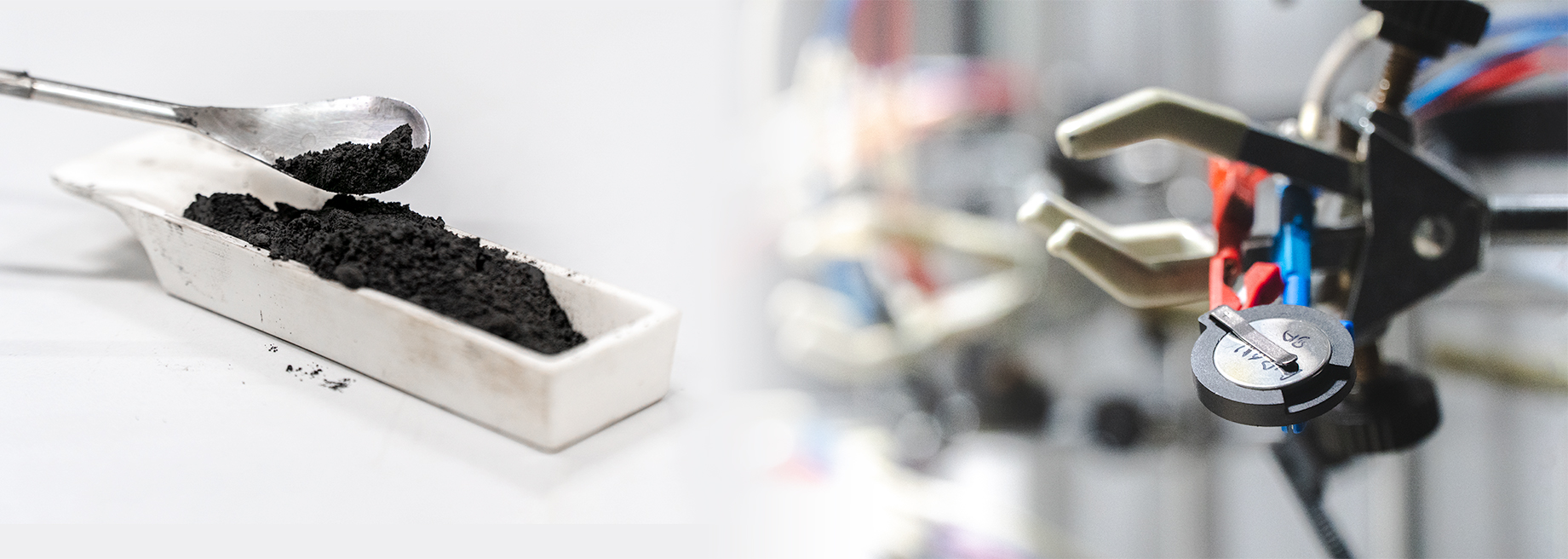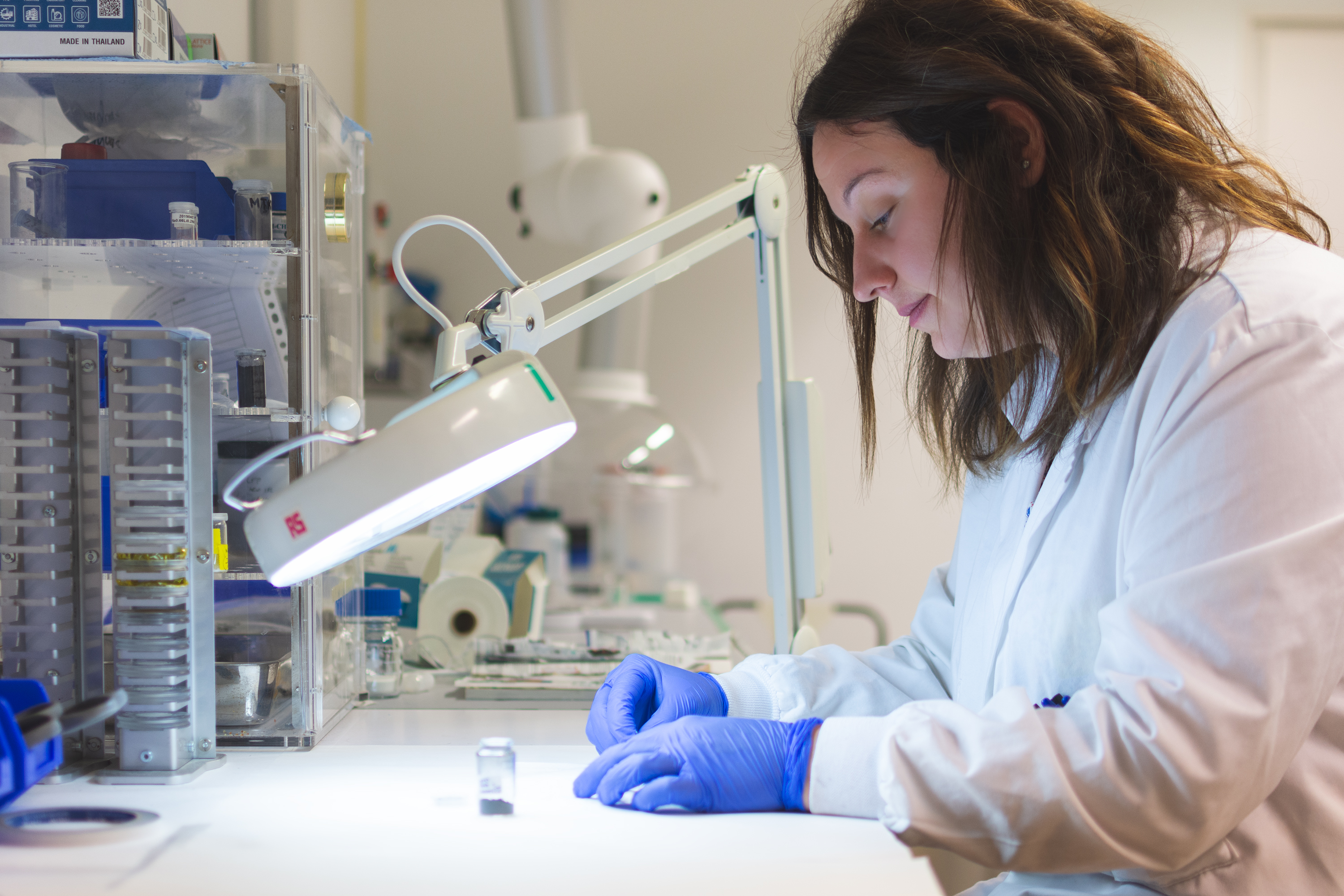CIC energiGUNE, member of the Basque Research & Technology Alliance (BRTA) and the leading energy storage Basque research center specialised in batteries, thermal energy solutions and hydrogen technologies, has begun working on the development of a high-performing, safe and sustainable high-voltage LNMO (cobalt-free) cell. The work is part of the European HighSpin project, in which CIC energiGUNE is involved along with thirteen other companies and organizations from across Europe.
"Beyond developing more sustainable and higher-performing Li-ion batteries, in this project we will pay particular attention to its recyclability, targeting a recycling efficiency of 90% at almost 99.9% purity", said Marine Reynaud, Principal Investigator of the project at CIC energiGUNE and recent winner of the BRTA Prize in Research Projection awarded by the Basque Government. "HighSpin is expected to reach the market in the short term, specifically in 2028 for electric vehicles and in 2030 for aeronautics", she added.
HighSpin is one of 8 projects approved by the European Commission within the current Horizon Europe call in which CIC energiGUNE is taking part. In fact, the Basque research center achieved a maximum success rate in this call, obtaining EC approval for 8 of the 9 projects in which it is taking part, all of them linked to the development of high-performance batteries.





